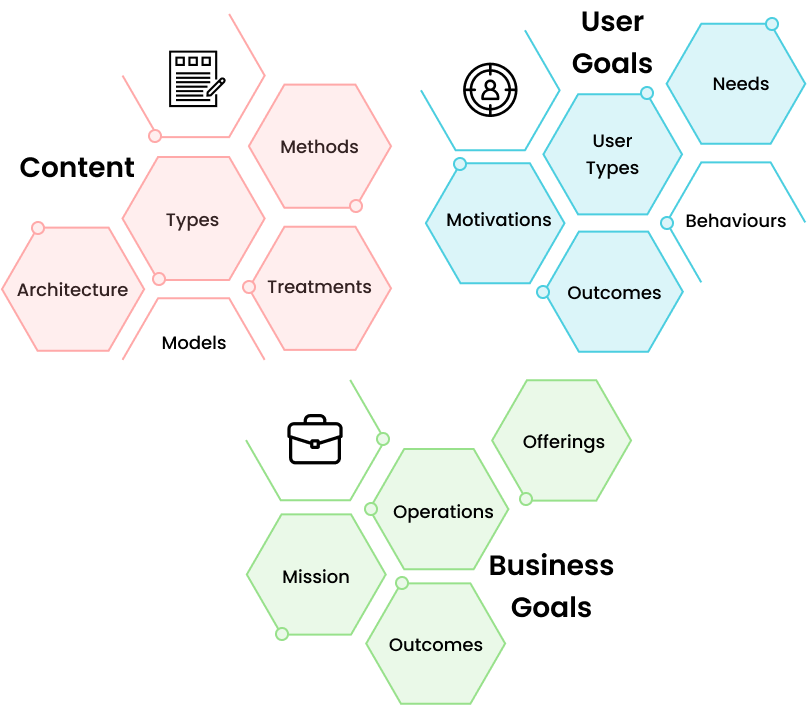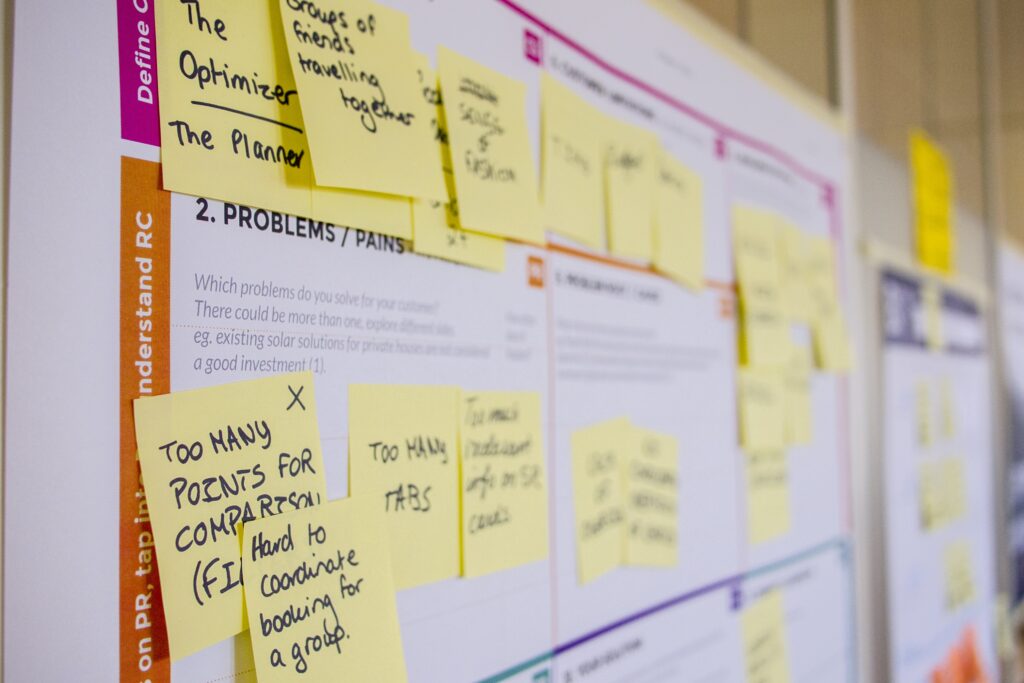A remarkable customer experience is critical to the sustained growth of any business. A positive customer experience promotes loyalty and helps you retain customers.
Customers instinctively compare each new experience, positive or otherwise, with their previous ones and judge it accordingly.
As a new-comer to the family of Prismic Reflections, I got to learn a lot from my experience on the product that I was working on. The task was to re-imagine the platform for personalised property management services for the Homeowner Association (HOA) based out of the United States. I worked on User Research, Strategy, Idealization & Prototyping for web and mobile applications .
During the process, I observed and learned how collaborative design is important and what value it can add in the overall design process and ultimately to the business.
Involving client and his team in the design process
The client usually has knowledge that can contribute to the project a lot – since they are the masters of their game. The briefs themselves or even regular meetings, will not allow us to explore the subject deep enough to have the same knowledge as people with years of experience in a given field.
Encouraging the client to be actively engaged in the design or research process has many invaluable benefits.
The client-base can be further classified in 4 ways-
Top Level Management/C Suit-
Top management have the visibility and clarity of the big picture of the business. Their views and inputs to align the design objectives with business strategic objectives at an early stage is critical for the success of any design project.
Product Owners, Managers & Marketing team-
These people own the product internally. They develop a very deep understanding about the product, its vision, core functions, workflows, technology etc. They define. Decide & control the feature rollout time, testing, backlogs etc along with empathy they have developed for users. Product managers are responsible for different success metrics of the product, internally in the client’s team.
Dev Ops-
Addressing the concerns, constraints on the technical ground in the early stage becomes important for designers if they want to reduce the time in the development process. Technical feasibility of design solutions is something we can expect from the Development team.
End Users / Product Users-
Involving actual users during the design process, may not be at every point but at completion of critical workflows like on-boarding, payment etc definitely saves time at an early stage if designers validate them before it goes to production.
Having real users for early stage testing (with wireframes or prototypes), at least for every critical roll-out adds significant value to the outcome.
Working together with the client’s team & real users (or set of people that matches the persona of real users) enables the design team to deepen their empathy around critical success factors (CSF) & validate the product at various stages early on.

Pros & Cons of Collaborative Design
Pros of Collaborative Design-
- It helps building solid business empathy & its critical impact areas
- It brings business team and design team on same page to agree upon one common vision
- Saves cost by early addressing different constraints to avoid future back and forth.
- Design is iterative process, however iteration cycles become much fast in collaborative design
- It brings diversity & sense on inclusion in the team while working together
- Involving users early in the stage, helps in building deep empathy & early validation of design ideas & solutions
- It helps in bringing personalisation in experience design at a very early stage.
Synthesizing abstract ideas into concrete design implications is not an easy task. In collaborative design one must be open to receiving feedback and constructive criticism.
Reducing effort is a huge component of improving UI/UX design. People don’t want to have to hunt for information or click on buttons that lead to dead links. They will also choose interfaces that enable them to accomplish tasks in the shortest possible time, and abandon brands that don’t meet these efficiency and ease-of-use standards. It all comes down to these straight points as mentioned below.
There are some factors that may impact on the overall process due to collaboration, as mentioned below.
Cons of Collaborative Design-
- There are chances teams may often lose the track as different people are involved with different perspectives
- It becomes a little time consuming exercise as compared to a non collaborative approach.
- It might surface if there is any mis-management in the inter department which may result in conflict.
- Some clients/designers assume they have a leadership role.
- Collaborative design requires very experienced & professional in charge to handle and drive the project in a seamless manner. Such resources come with their own high fees.
Conclusion

Involving the client, their team & users in the design and research process is always valuable. The client has much more knowledge about his business, customers and product, so it is worth using this knowledge as much as we can. Consistent feedback from users & stakeholders can play a pivotal role. Client’s engagement also allows us to make sure that we understand business needs and constraints well, and that we deliver real value for him.
In the end, however we conceptualize it, a customer that is engaged in a project is less likely to be critical of decisions made about direction and design and more likely to feel some ownership in the outcome. A customer who is part of the process is less likely to criticize than one who remains distant as an observer. In my experience, projects with high customer involvement always end smoothly with a sense of mutual accomplishment and that is exactly the process I have tried to follow.
I would love to hear about your experiences & thoughts about collaborative design. If you have any project ideas or would like to understand our process in detail, you can reach out to us here.
Main Author:
Vishakha Agrawal
UX-UI Designer at Prismic Reflections®
Article Contributors
Swarup K. Bagul
Co-Founder of Prismic Reflections®
Article Contributors
Vishal Jadhav
Co-Founder of Prismic Reflections®